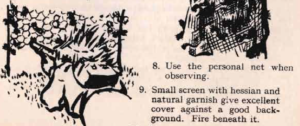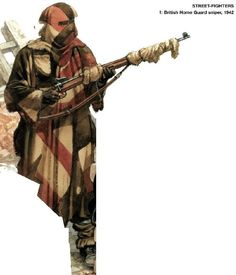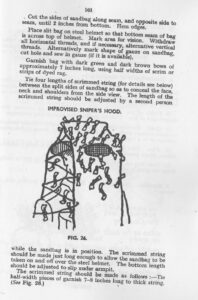Only a short blog today. I left my flash-drive at home so cannot work on the articles that I had planned.
I did come across this interesting page on Soviet WW2 camouflage techniques.
Notable was “Camouflage Net for Rifleman… is about 5 by 2 1/2 feet and weighs about 1/3 pound.” WW2 British Army/ Home Guard manuals show similar items staked out in front of entrenchments. A modern equivalent should be made brown so that it is more useful in urban, autumn, winter and arid environments. Such a net would serve many other purposes. Such nets could be placed over windows to prevent the entry of grenades or drones.

The other item that particularly caught my attention was “Camouflage Fringe…The fringe consists of a band about 3 yards long, from which grass colored matting is hung. On the ends are hooks for attaching the fringe on the object. The rifleman can fix the fringe on the helmet or shoulders. Five of these fringes are used to camouflage a machine gun, and six for an antitank gun.”
In previous posts I have discussed how a camouflage pattern garment is only the foundation for good camouflage. You also need to add 3D elements such as local foliage and bits of textiles to break up your distinctive shape. Problem is in some organizations modifying your gear like this is frowned upon. Similarly, attempting to camouflage your weapon is unpopular since everything has to be removed so the weapon looks nice on parade.
A partial solution to this may be a length of cord with some rags tied to it. Again this should use browns and yellows for versatility. Ideally there should be some way to add local foliage. Perhaps the cord should be two twisted strands so stalks or bundles of leaves can be placed between them. The only problem that I can see is that cords draped around the shoulders may get caught by vegetation. The camouflage cape is therefore a better solution.

